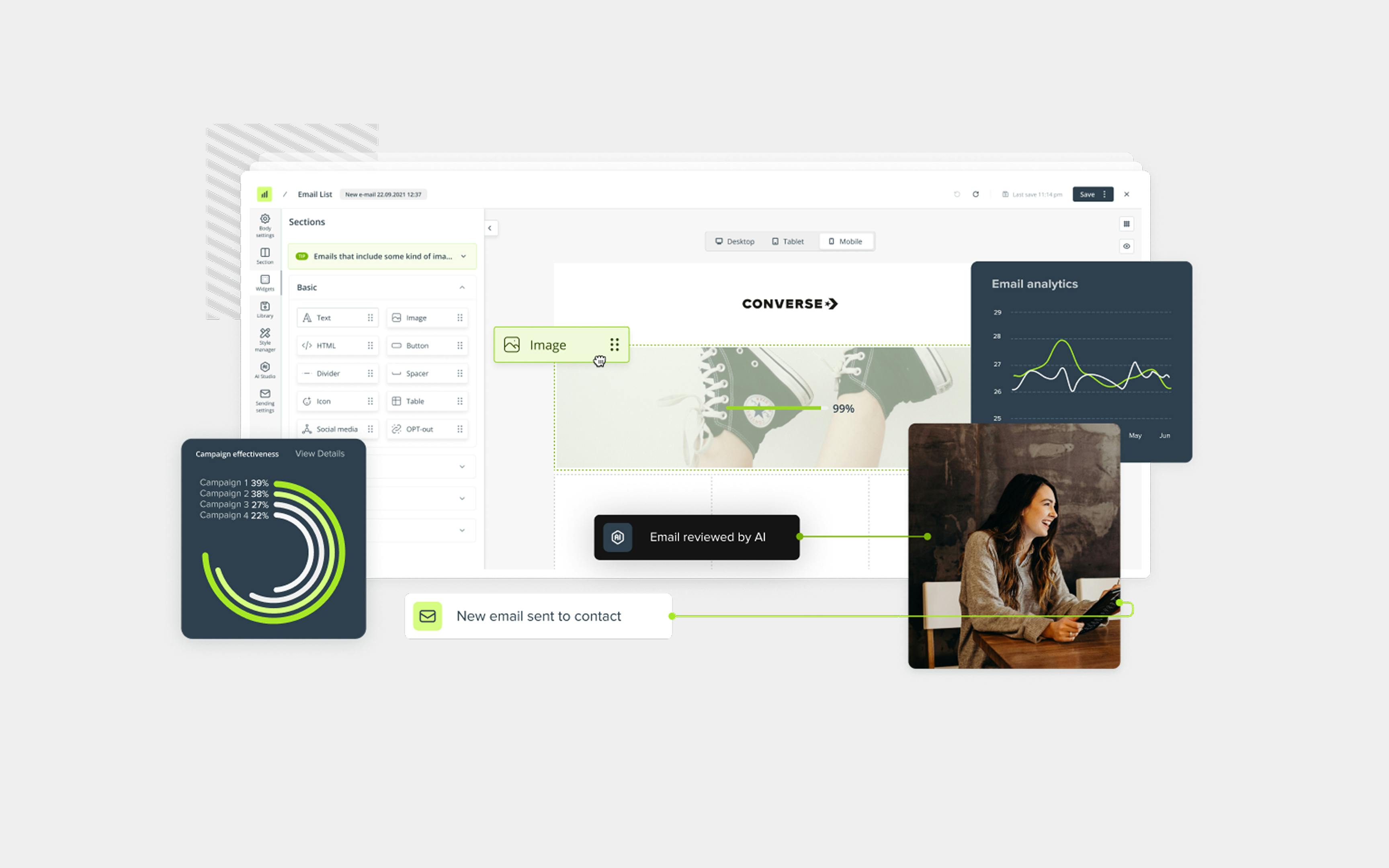
Introduced a set of scalable systems - including Product Score, Feedback Loop and Design System - that elevated UX visibility, improved product decisions, and positioned design as a strategic partner across the organisation
Salesmanago is a customer engagement SaaS platform serving a diverse base of B2B clients. As the product and organisation matured, the need for better visibility into product performance, user sentiment, competitive landscape, and design consistency became critical. The challenge wasn’t just tracking metrics - it was making sure teams across Product, UX and Engineering could make smarter, faster, more aligned decisions.
As the Director of Product Design and a member of the senior leadership team, I reported directly to the Chief Product Officer and hold dual responsibility for both product excellence and the people behind it.
I built the Product Design & Research function from the ground up - establishing the structures, processes, tools, and methodologies that drive our success. My remit spans hands-on product design leadership, design operations, and fostering a culture of accountability, autonomy and continuous improvement.
Alongside shaping product strategy and leading critical initiatives, I’ve hired, mentored, and developed a high-performing, cross-functional team of designers and researchers. My focus has been to ensure that design is not just executional - but a strategic pillar of the organisation, fully integrated into how we build and scale product.
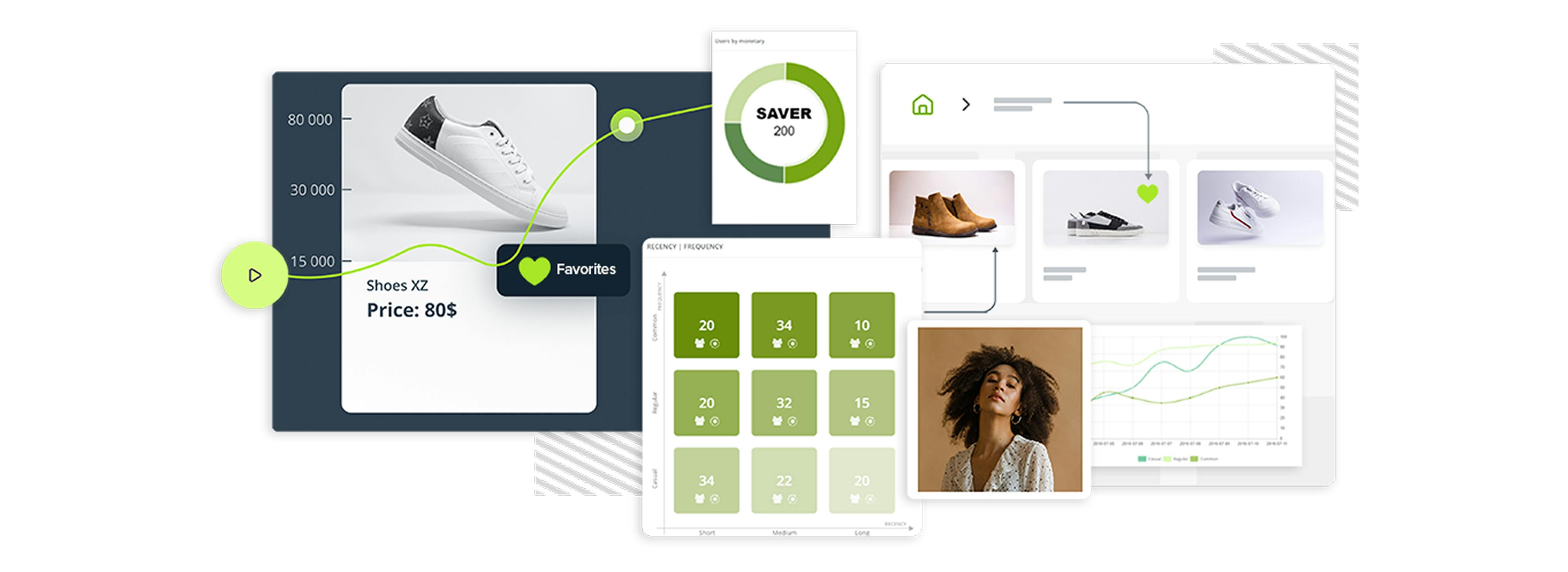
Product & Organisational Visibility
People & Design Function Building
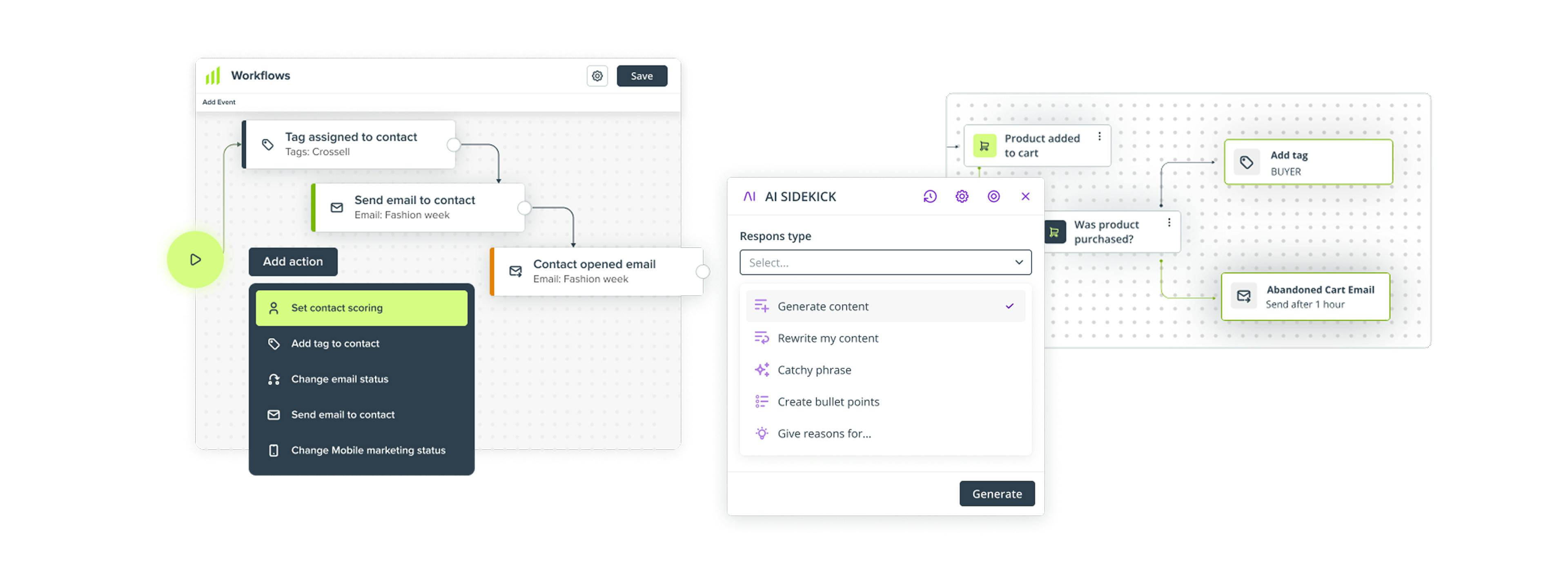
Team Building & Leadership
Design Strategy & Systems Thinking
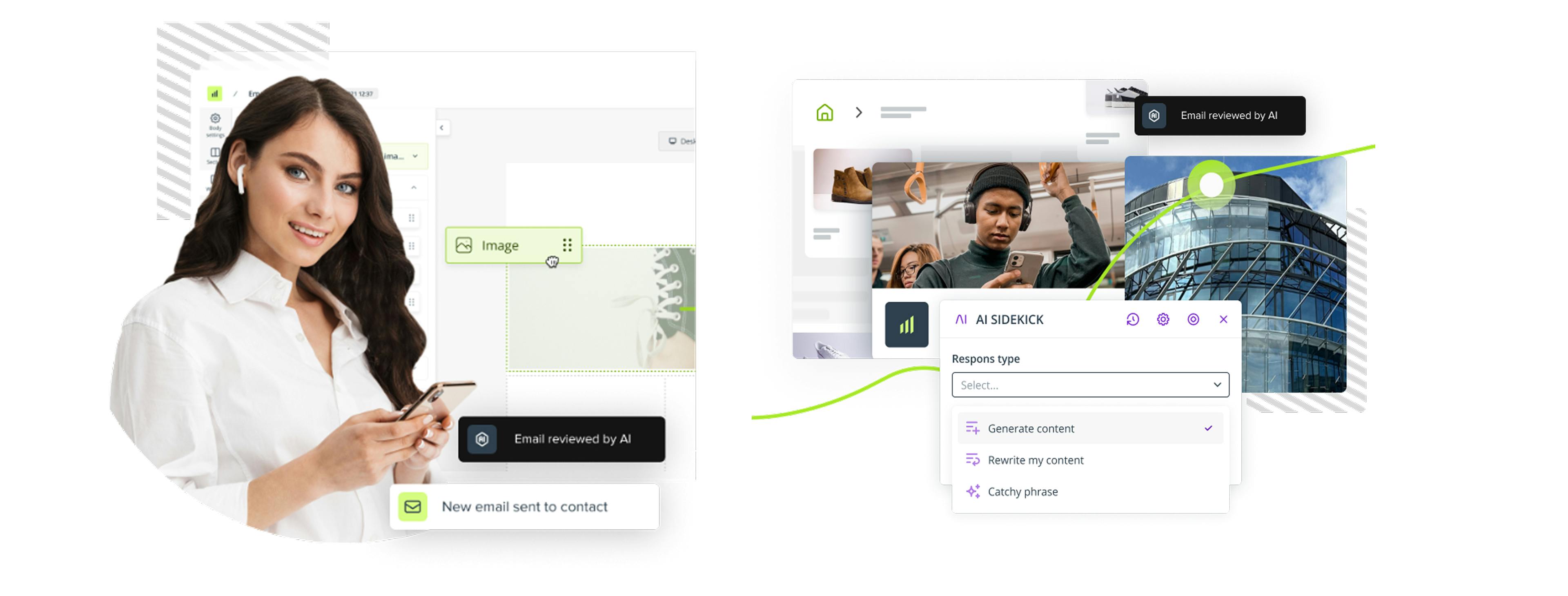
📊 Product Score Framework
👉 Result: Created a shared strategic view of product health that informed prioritisation, improved cross-team alignment, and reduced effort spent on low-impact work. Over time, we successfully raised our Product Score from “OK” to an “Excellent” level — a direct reflection of smarter decision-making and better user experience.
🔁 Feedback Loop System
👉 Result: Gave teams real-time access to user pain points and ideas - increasing customer-centricity in product planning and reducing blind spots
🕵️ Competitive Intelligence Framework
👉 Result: Elevated product positioning conversations and helped identify feature gaps and differentiators faster
🧱 Design System Development
👉 Result: Reduced inconsistencies across the UI, increased team velocity, and enabled designers to spend more time solving product challenges - not recreating components
📈 Adoption Metrics System
👉 Result: Supported smarter prioritisation and guided product education efforts - directly influencing retention and activation strategies
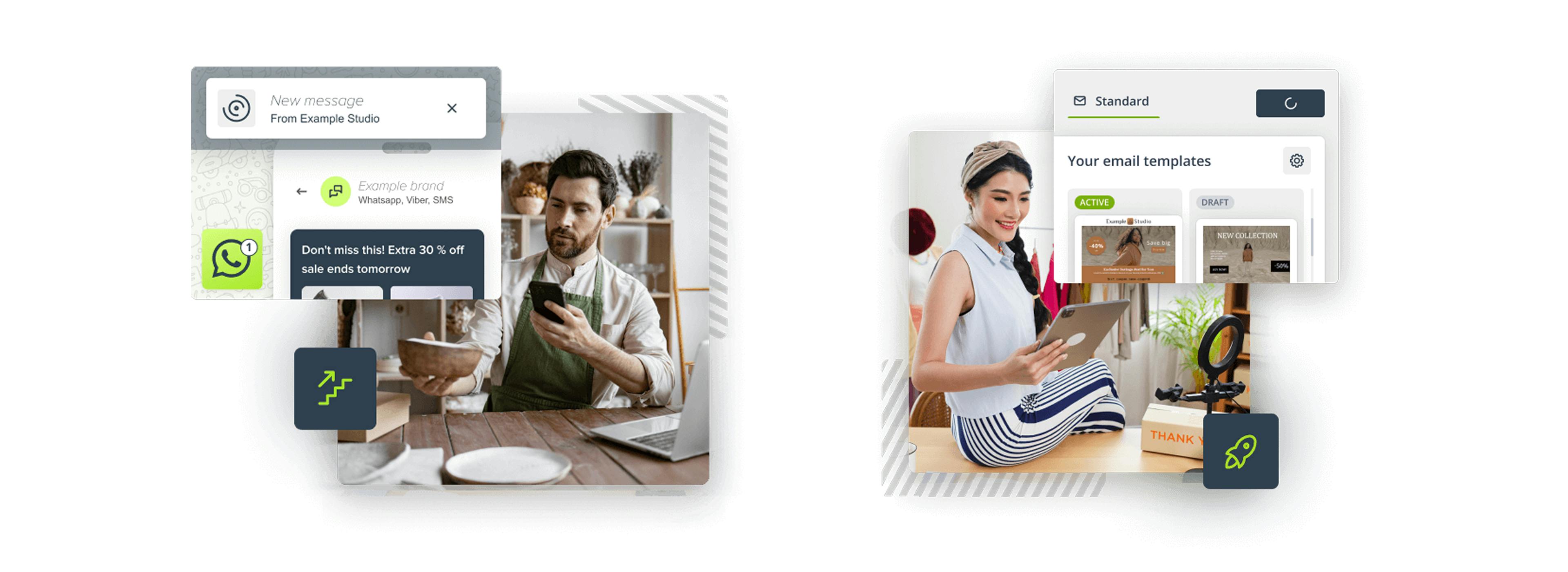
Even in data-rich environments, alignment and clarity are often the missing links. By creating simple, accessible systems around insight and measurement, we helped shift the organisation from reactive to strategic. As a design leader, I saw first-hand how design can empower better decisions, not just better interfaces - and how the right team culture turns those systems into action.